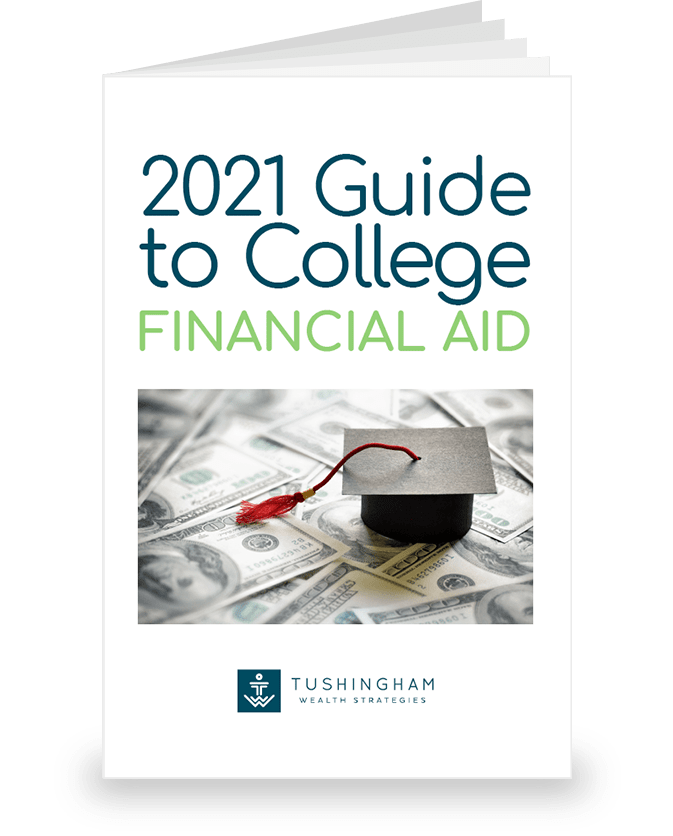The biggest impediment to an on-time and comfortable retirement is overpaying for your children’s education.
Most financial advisors just say, “save in a 529 account”. This isn’t enough and fails to address the best way to pay for a potential $300,000 expense.
Some proactive planning can help ensure that you reduce your costs, minimize student loans, and retire with greater confidence.
Merit Aid
The income for the majority of physicians will preclude them from qualifying for need-based financial aid. But there is another form of financial aid that has nothing to do with your income or assets. Merit aid, and it is generally awarded based on the academic profile of your child.
The key; find schools where your child ranks in the top 20% academically from a GPA and test score standpoint. The Princeton Review provides insights into the academic profile of each school’s student body.
But don’t stop here. The next step is finding the schools most likely to provide the aid you are looking for.

Download our Free Whitepaper on
Understanding College Financial Aid: Download Now
School Selection
Most physicians are surprised to realize, too late in the college planning process, that most of the elite schools provide little in the way of merit aid. They will expect you to pay the full “sticker price” if you have the means to.
The focus needs to be on the schools with slightly less name recognition. These are the schools competing with the Ivy League and state schools for your business and willing to offer merit aid.
Cooper Union, Washington and Lee, and Gonzaga are a few schools that meet these criteria.
Putting together a college plan is a bit like playing matchmaker. Prepare a list of schools where your child fits in, ranks high academically, and can find the most merit aid. If you follow this process you will never pay sticker price and protect more of your hard-earned dollars for retirement.
